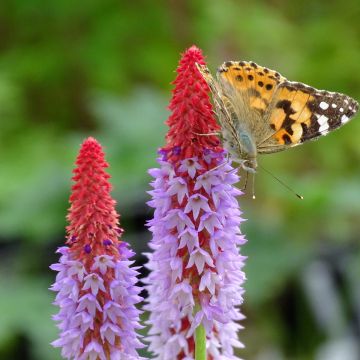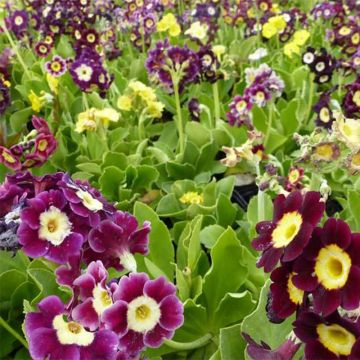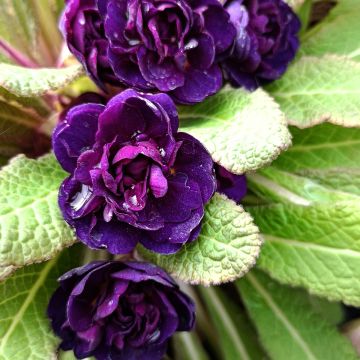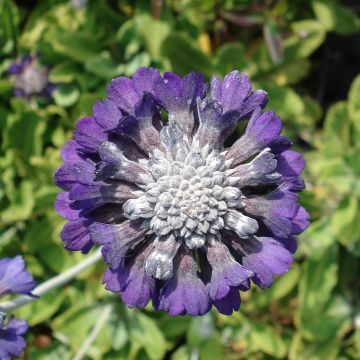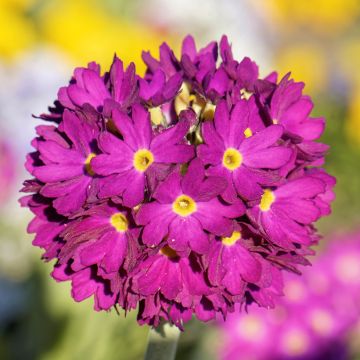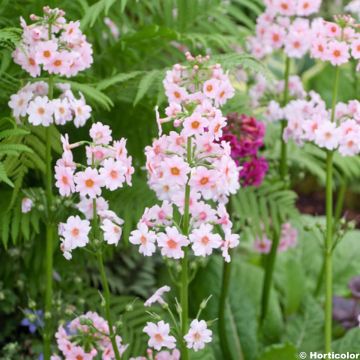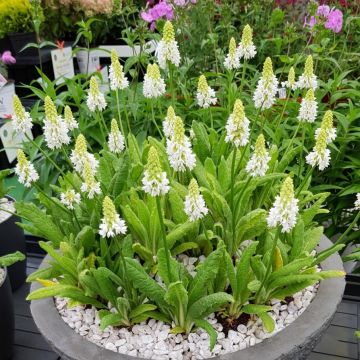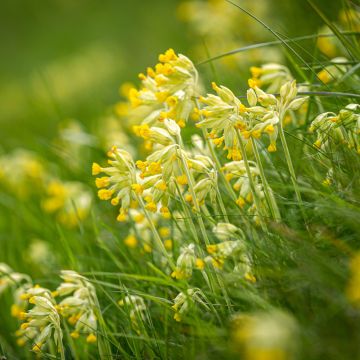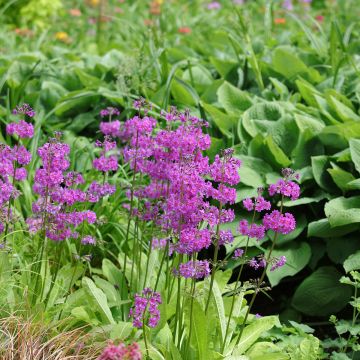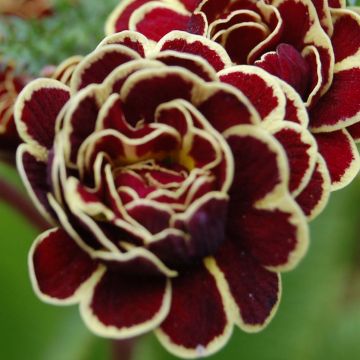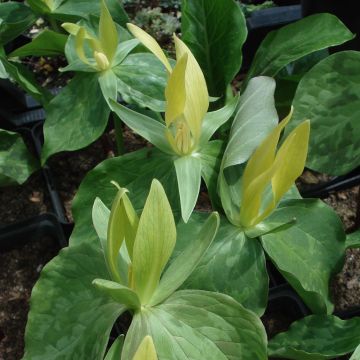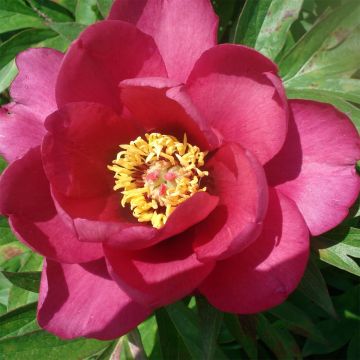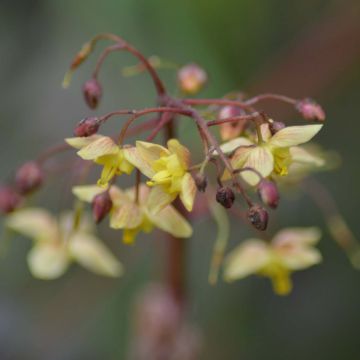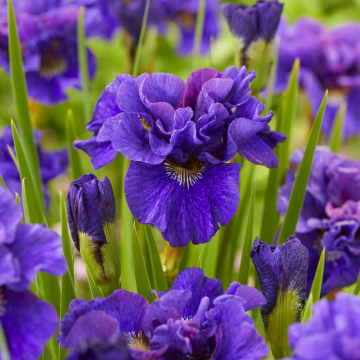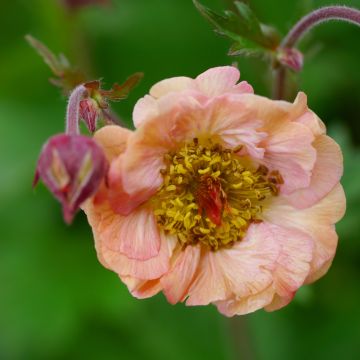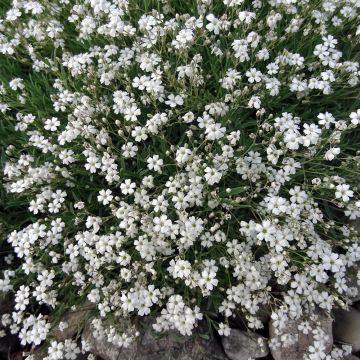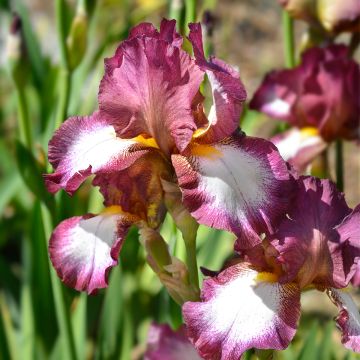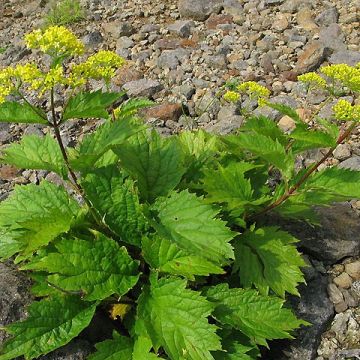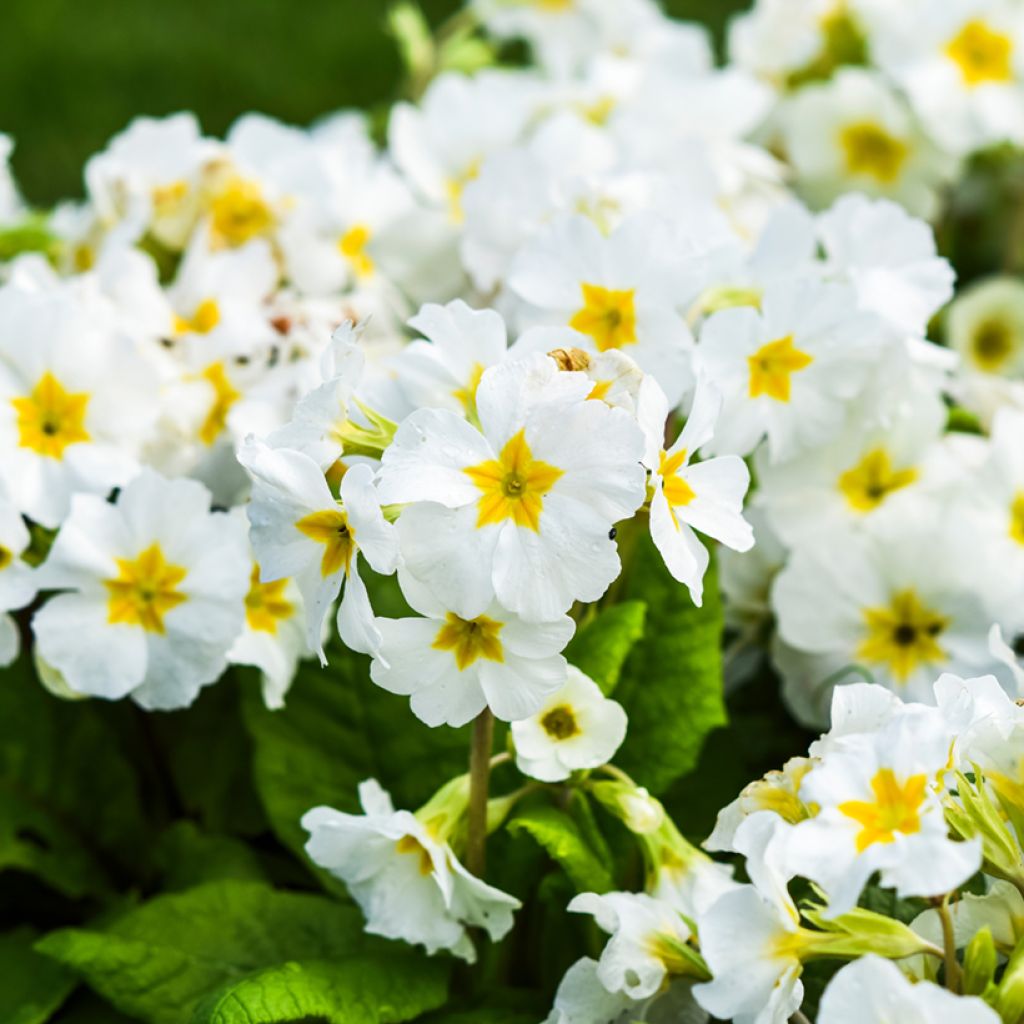

Primula vulgaris - English Primrose
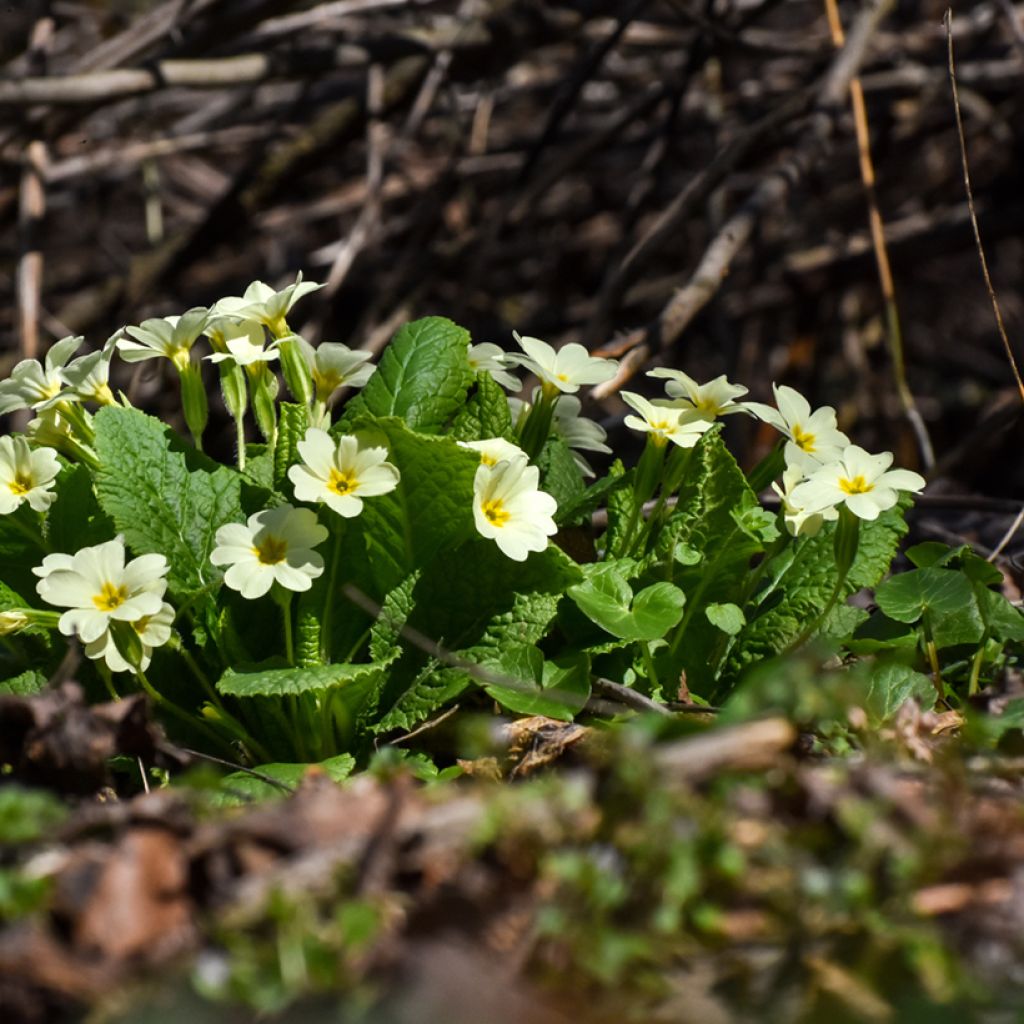

Primula vulgaris - English Primrose
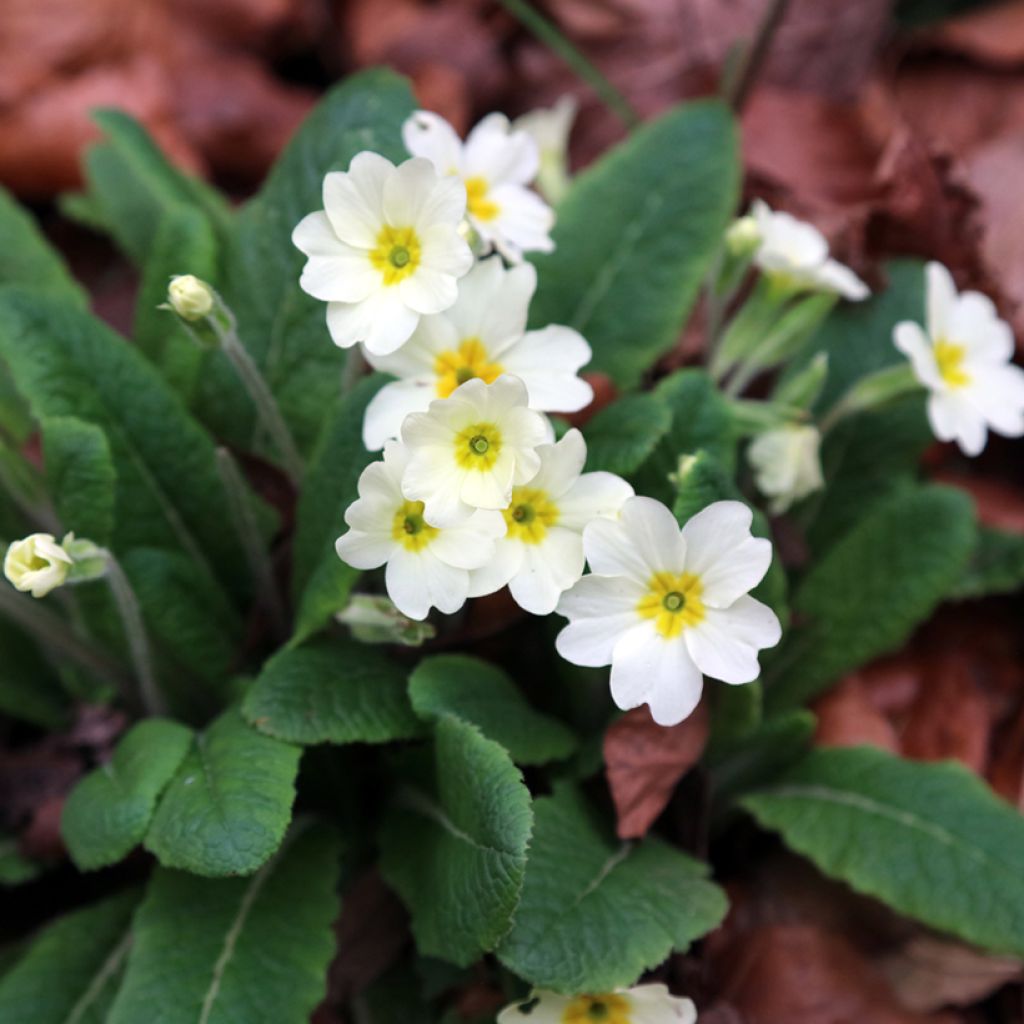

Primula vulgaris - English Primrose
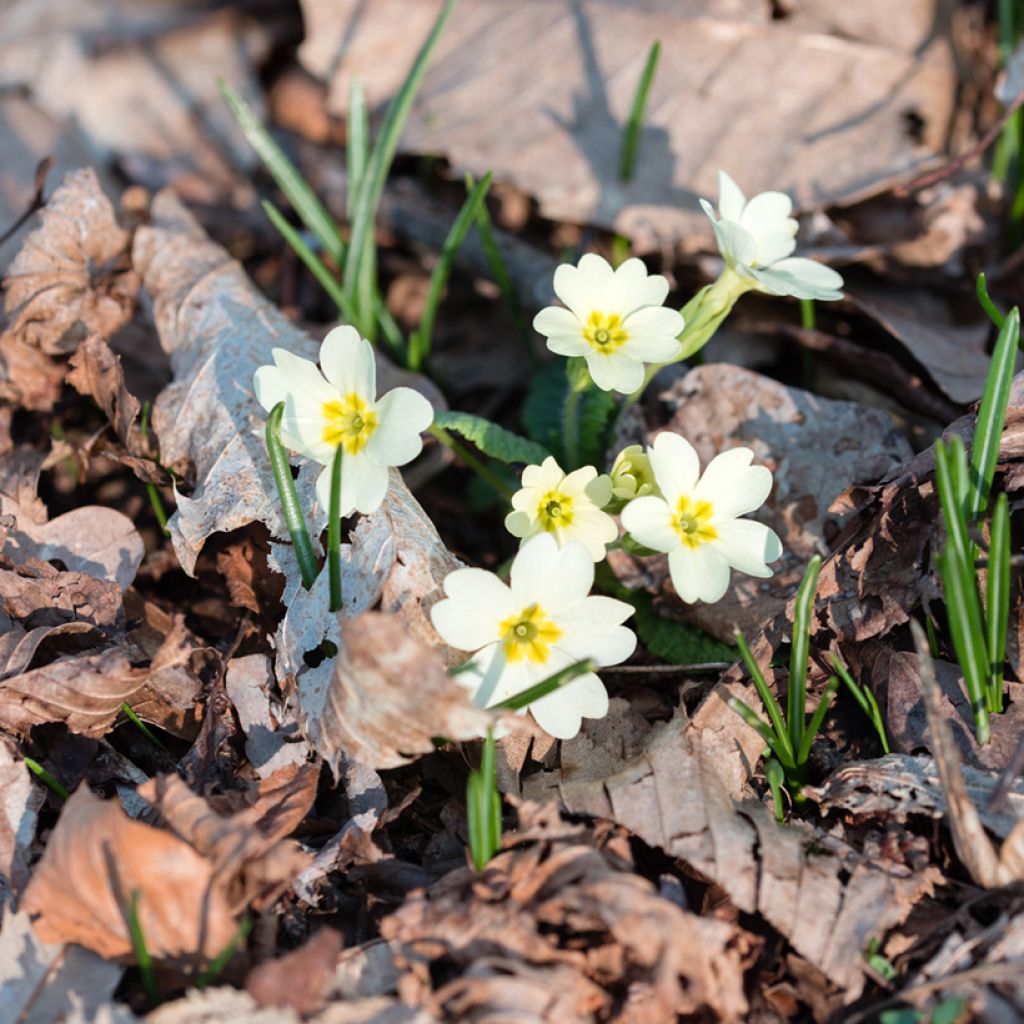

Primula vulgaris - English Primrose
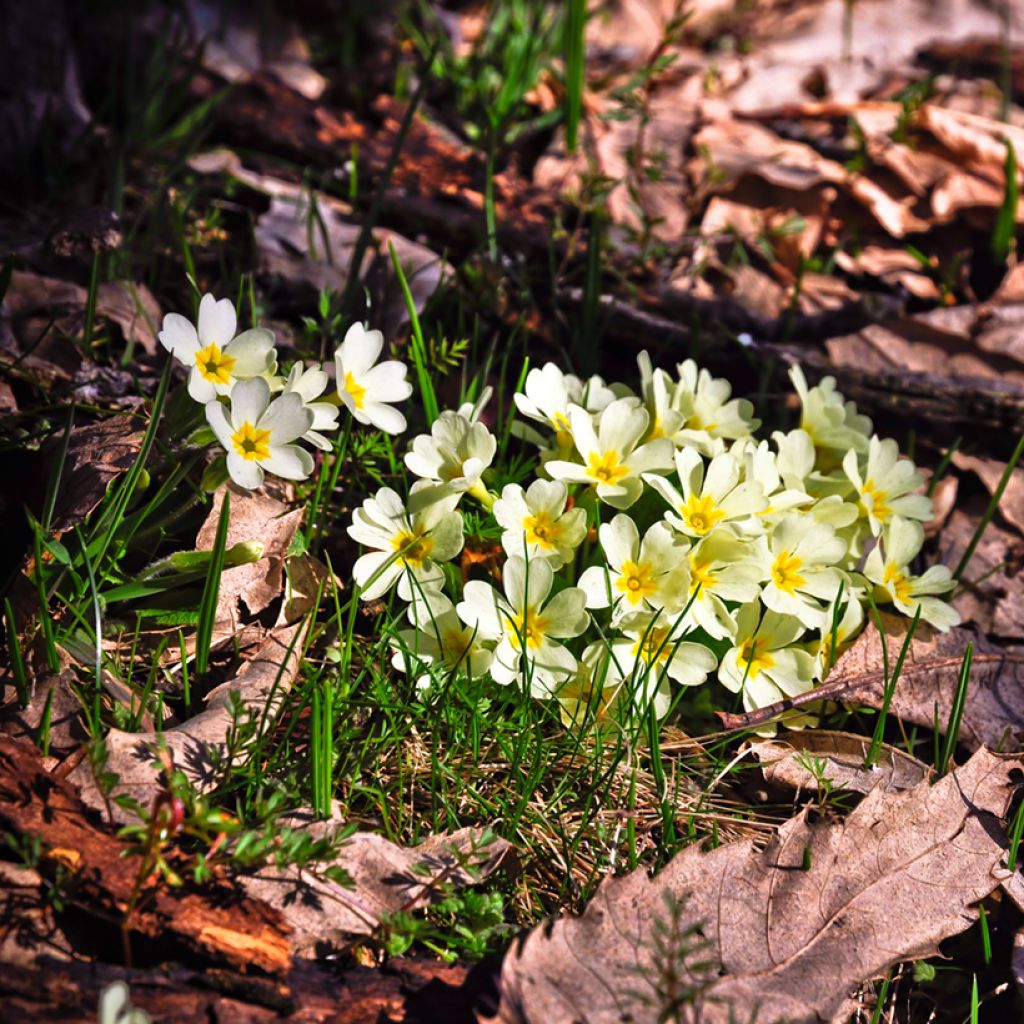

Primula vulgaris - English Primrose
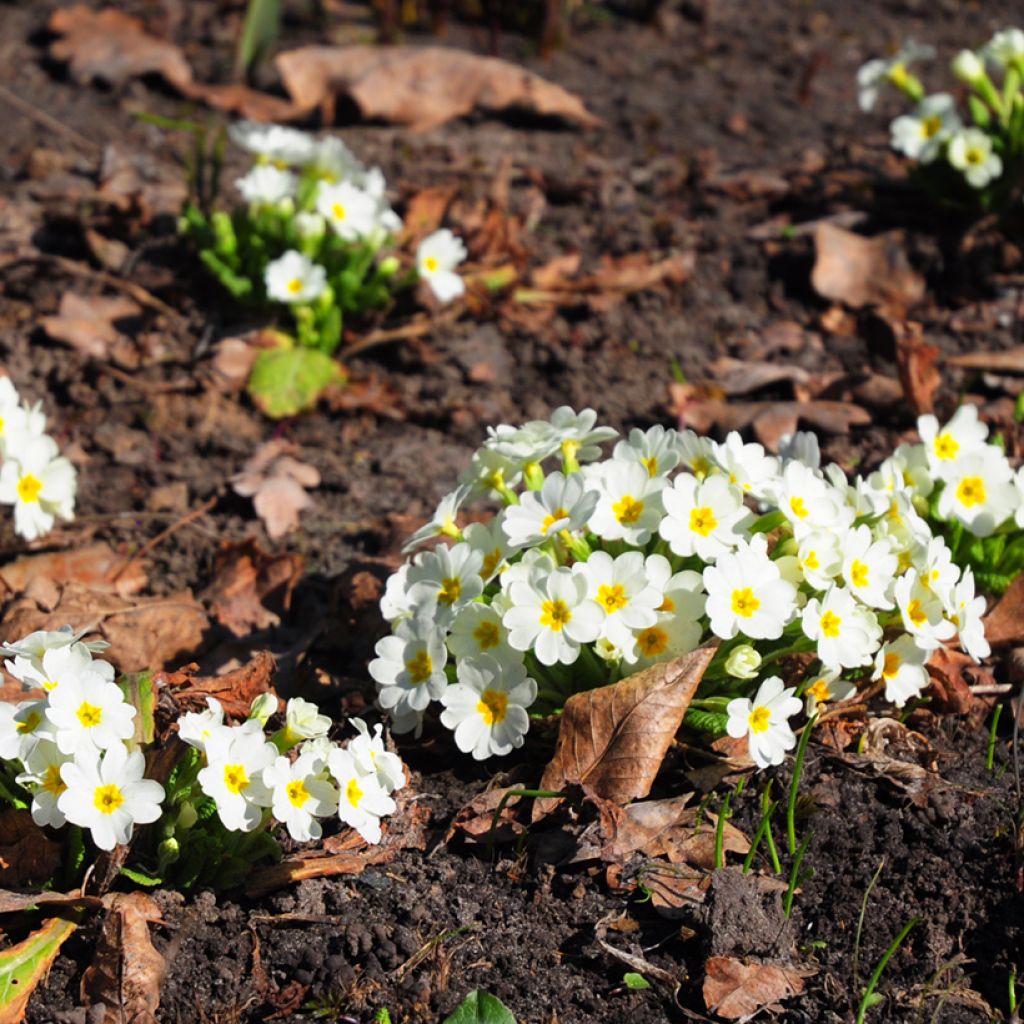

Primula vulgaris - English Primrose
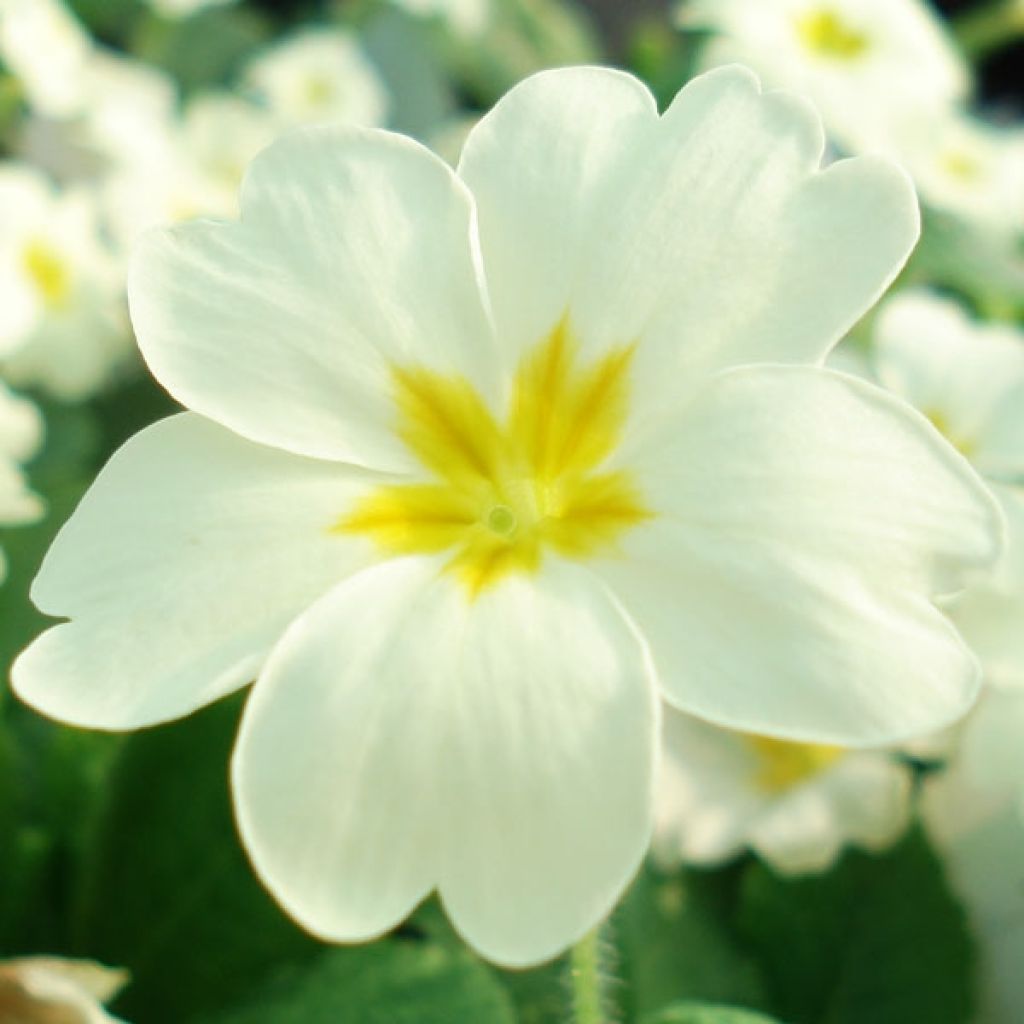

Primula vulgaris - English Primrose
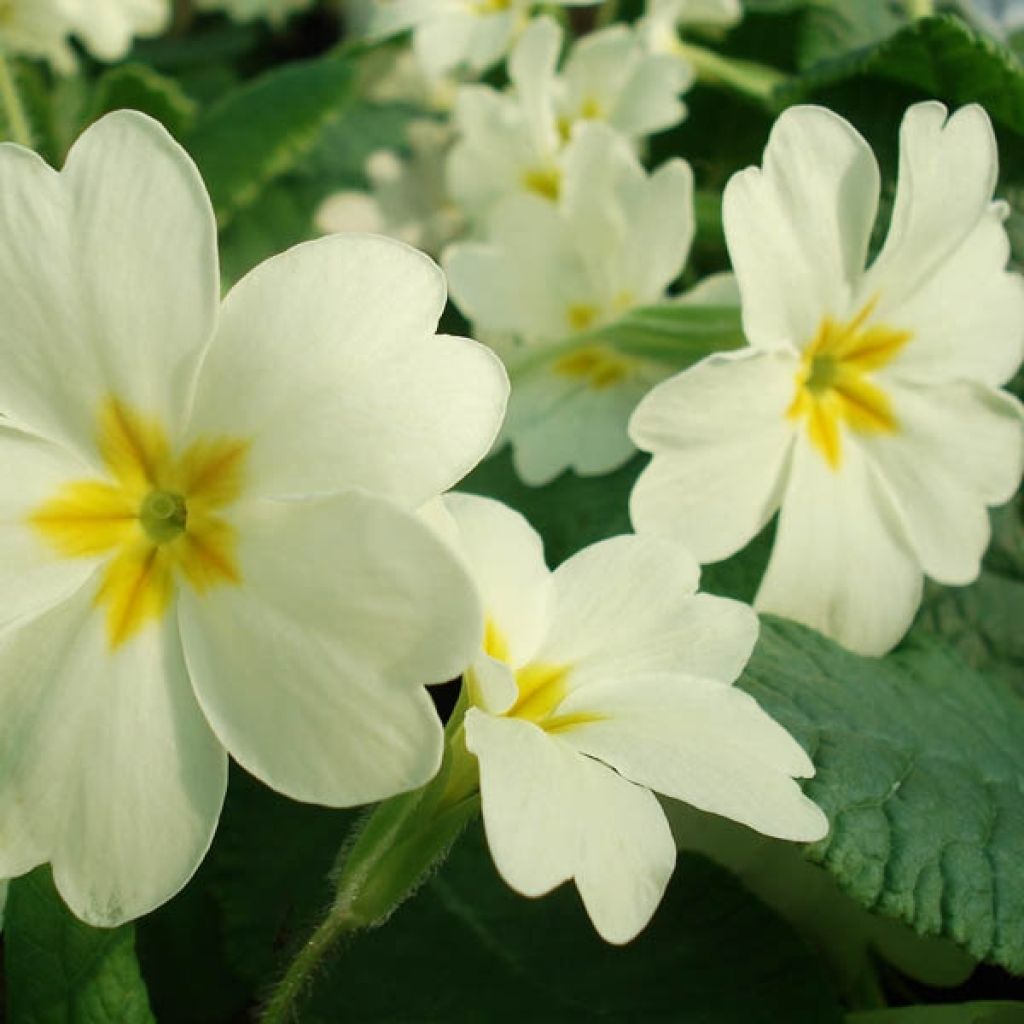

Primula vulgaris - English Primrose
Primula vulgaris - English Primrose
Primula vulgaris
Primrose, Common Primrose, English Primrose
This item cannot be shipped to the selected country
Delivery charge from €5.90
Delivery charge from €5.90
More information
Schedule delivery date,
and select date in basket
This plant carries a 12 months recovery warranty
More information
We guarantee the quality of our plants for a full growing cycle, and will replace at our expense any plant that fails to recover under normal climatic and planting conditions.
From €5.90 for pickup delivery and €6.90 for home delivery
Express home delivery from €8.90.
From €5.90 for pickup delivery and €6.90 for home delivery
Express home delivery from €8.90.


Does this plant fit my garden?
Set up your Plantfit profile →
Description
The Primula vulgaris, also known as the stemless primrose or the large-flowered primrose, is none other than the common primrose with large flat flowers, a tender yellow with a golden heart, that we come across during our walks. This pretty, wild flower is unmatched in announcing the return of spring in the undergrowth and along country roads. It also invites itself into the garden, in a semi-shaded rockery, along a path, or even under the cover of trees. Simple, beautiful, and very hardy, it is a worry-free plant, ideal for natural gardens where it will self-seed in moist soil.
The Common Primrose, sometimes called the stemless primrose, is a small perennial herbaceous plant of the Primulaceae family. It is native to Europe, Western Asia, and North Africa. It is present in a large part of our region, where it can be found here and there in woods, hedges, and meadows. It is a species that prefers partial shade and moist soil, with a tendency to be slightly clayey and neutral, neither acidic nor alkaline. It has a short, vertical rhizome, with numerous roots gathered in a dense tuft, which has a scent reminiscent of anise.
It is in early spring, from March to May, that we notice its lovely tender yellow flowers, as the rest of the year it blends into its surroundings in the form of a rosette. This plant develops solitary flowers measuring 2 to 3 cm (1in) in diameter, carried by a hairy flower stalk that is 10 to 15 cm (4 to 6in) tall, which emerges directly from the centre of the leafy rosettes. These flowers, enclosed in green and hairy bracts, are tubular at the base. They have 5 petals arranged in a flat corolla with plicate throat. They are sulfur yellow in colour and adorned with a circle of golden to orange at the top of the tube. This flowering attracts pollinating insects. It gives way to oval-shaped capsule fruits. The seeds are dispersed by ants. The basal rosette, which persists more or less in winter, is composed of elongated oval leaves, entire, pleated, of a very fresh light green, very similar to those of the cowslip primrose (Primula veris). Their upper surface is slightly glandular-hairy, the lower surface densely hairy, greyish.
The common primrose is versatile and very easy to grow in most of our regions. It deserves a place in every garden. It accompanies the flowering of hepatica, the first hyacinths, crocuses, botanical tulips. In borders or in containers on a balcony, garden primroses are ideal companions for tulips and forget-me-nots. They have their place in low-growing beds under deciduous trees, in fresh rockeries and lawns, among snowdrops and violets. The leaves and flowers are edible and can be consumed raw or cooked. Birds love the slightly sweet flowers of the common primrose.
Medicinal properties:
They are the same as those of the cowslip primrose and the tall primrose: the flowers have soothing and calming properties, and they are used in expectorant preparations. The leaves help prevent bruising, and the entire plant (especially the root) has analgesic, antispasmodic, diuretic, and expectorant properties.
Report an error about the product description
Primula vulgaris - English Primrose in pictures
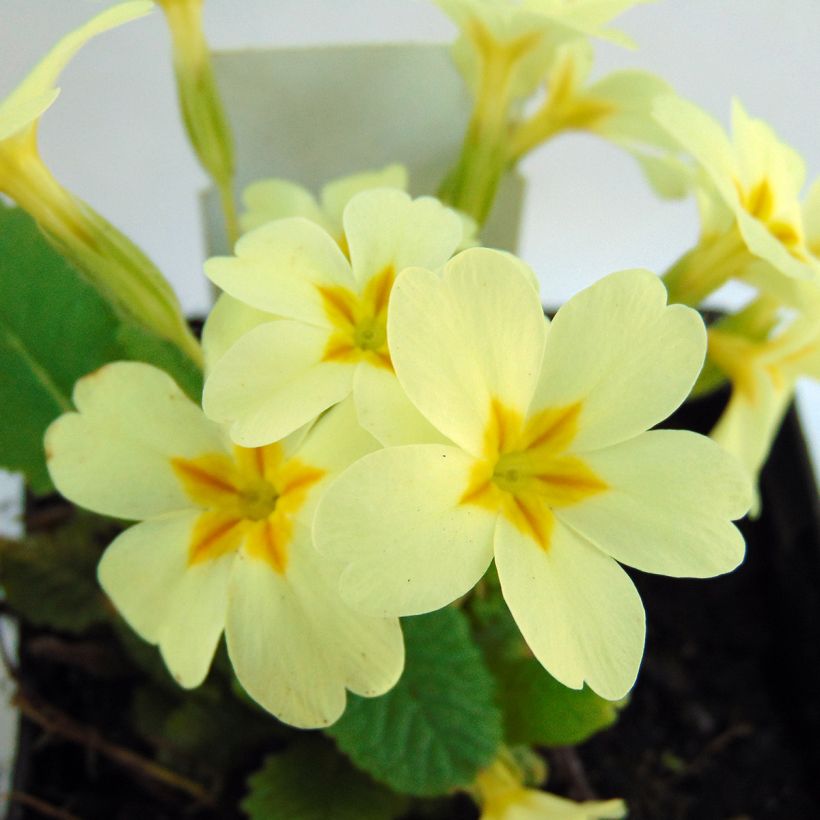

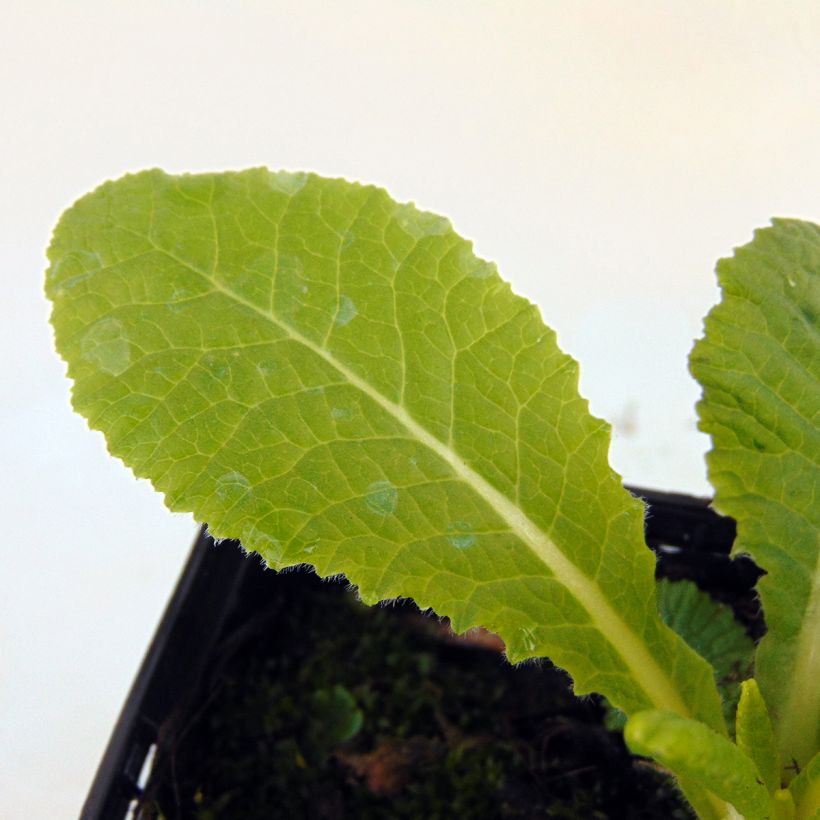



Flowering
Foliage
Plant habit
Botanical data
Primula
vulgaris
Primulaceae
Primrose, Common Primrose, English Primrose
Central Europe
Other Primula - Primroses
Planting and care
Garden primroses are very cold-hardy perennial plants that generally require a damp spot. A combination of clay and humus-bearing soil (rich in loam), close to neutral (neither too acidic nor too chalky), gives very good results. These plants do not tolerate summer drought and suffer in scorching summers and when the atmosphere is too dry.
Planting period
Intended location
Care
-
, onOrder confirmed
Reply from on Promesse de fleurs
Spring flowering perennials
Haven't found what you were looking for?
Hardiness is the lowest winter temperature a plant can endure without suffering serious damage or even dying. However, hardiness is affected by location (a sheltered area, such as a patio), protection (winter cover) and soil type (hardiness is improved by well-drained soil).

Photo Sharing Terms & Conditions
In order to encourage gardeners to interact and share their experiences, Promesse de fleurs offers various media enabling content to be uploaded onto its Site - in particular via the ‘Photo sharing’ module.
The User agrees to refrain from:
- Posting any content that is illegal, prejudicial, insulting, racist, inciteful to hatred, revisionist, contrary to public decency, that infringes on privacy or on the privacy rights of third parties, in particular the publicity rights of persons and goods, intellectual property rights, or the right to privacy.
- Submitting content on behalf of a third party;
- Impersonate the identity of a third party and/or publish any personal information about a third party;
In general, the User undertakes to refrain from any unethical behaviour.
All Content (in particular text, comments, files, images, photos, videos, creative works, etc.), which may be subject to property or intellectual property rights, image or other private rights, shall remain the property of the User, subject to the limited rights granted by the terms of the licence granted by Promesse de fleurs as stated below. Users are at liberty to publish or not to publish such Content on the Site, notably via the ‘Photo Sharing’ facility, and accept that this Content shall be made public and freely accessible, notably on the Internet.
Users further acknowledge, undertake to have ,and guarantee that they hold all necessary rights and permissions to publish such material on the Site, in particular with regard to the legislation in force pertaining to any privacy, property, intellectual property, image, or contractual rights, or rights of any other nature. By publishing such Content on the Site, Users acknowledge accepting full liability as publishers of the Content within the meaning of the law, and grant Promesse de fleurs, free of charge, an inclusive, worldwide licence for the said Content for the entire duration of its publication, including all reproduction, representation, up/downloading, displaying, performing, transmission, and storage rights.
Users also grant permission for their name to be linked to the Content and accept that this link may not always be made available.
By engaging in posting material, Users consent to their Content becoming automatically accessible on the Internet, in particular on other sites and/or blogs and/or web pages of the Promesse de fleurs site, including in particular social pages and the Promesse de fleurs catalogue.
Users may secure the removal of entrusted content free of charge by issuing a simple request via our contact form.
The flowering period indicated on our website applies to countries and regions located in USDA zone 8 (France, the United Kingdom, Ireland, the Netherlands, etc.)
It will vary according to where you live:
- In zones 9 to 10 (Italy, Spain, Greece, etc.), flowering will occur about 2 to 4 weeks earlier.
- In zones 6 to 7 (Germany, Poland, Slovenia, and lower mountainous regions), flowering will be delayed by 2 to 3 weeks.
- In zone 5 (Central Europe, Scandinavia), blooming will be delayed by 3 to 5 weeks.
In temperate climates, pruning of spring-flowering shrubs (forsythia, spireas, etc.) should be done just after flowering.
Pruning of summer-flowering shrubs (Indian Lilac, Perovskia, etc.) can be done in winter or spring.
In cold regions as well as with frost-sensitive plants, avoid pruning too early when severe frosts may still occur.
The planting period indicated on our website applies to countries and regions located in USDA zone 8 (France, United Kingdom, Ireland, Netherlands).
It will vary according to where you live:
- In Mediterranean zones (Marseille, Madrid, Milan, etc.), autumn and winter are the best planting periods.
- In continental zones (Strasbourg, Munich, Vienna, etc.), delay planting by 2 to 3 weeks in spring and bring it forward by 2 to 4 weeks in autumn.
- In mountainous regions (the Alps, Pyrenees, Carpathians, etc.), it is best to plant in late spring (May-June) or late summer (August-September).
The harvesting period indicated on our website applies to countries and regions in USDA zone 8 (France, England, Ireland, the Netherlands).
In colder areas (Scandinavia, Poland, Austria...) fruit and vegetable harvests are likely to be delayed by 3-4 weeks.
In warmer areas (Italy, Spain, Greece, etc.), harvesting will probably take place earlier, depending on weather conditions.
The sowing periods indicated on our website apply to countries and regions within USDA Zone 8 (France, UK, Ireland, Netherlands).
In colder areas (Scandinavia, Poland, Austria...), delay any outdoor sowing by 3-4 weeks, or sow under glass.
In warmer climes (Italy, Spain, Greece, etc.), bring outdoor sowing forward by a few weeks.

































